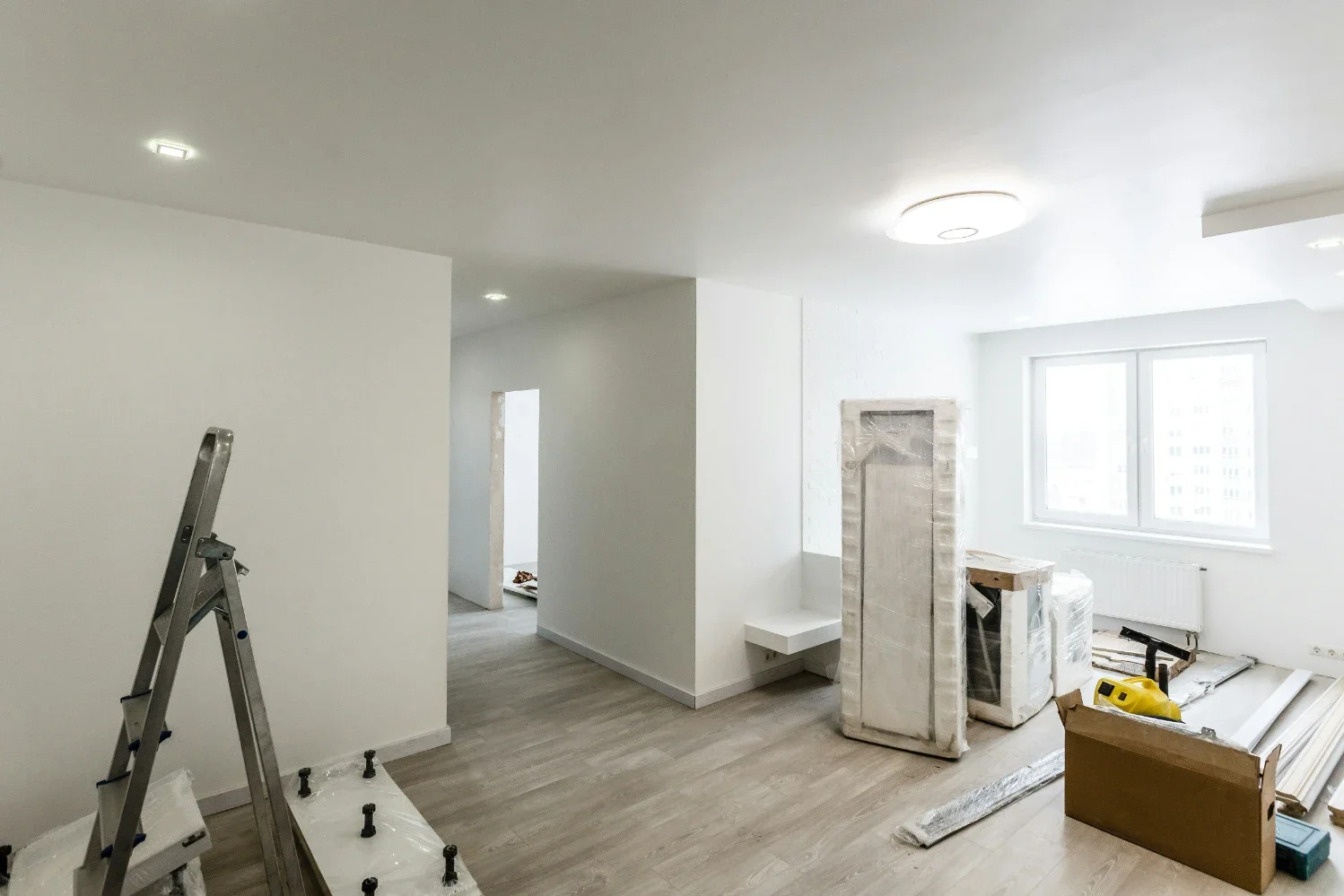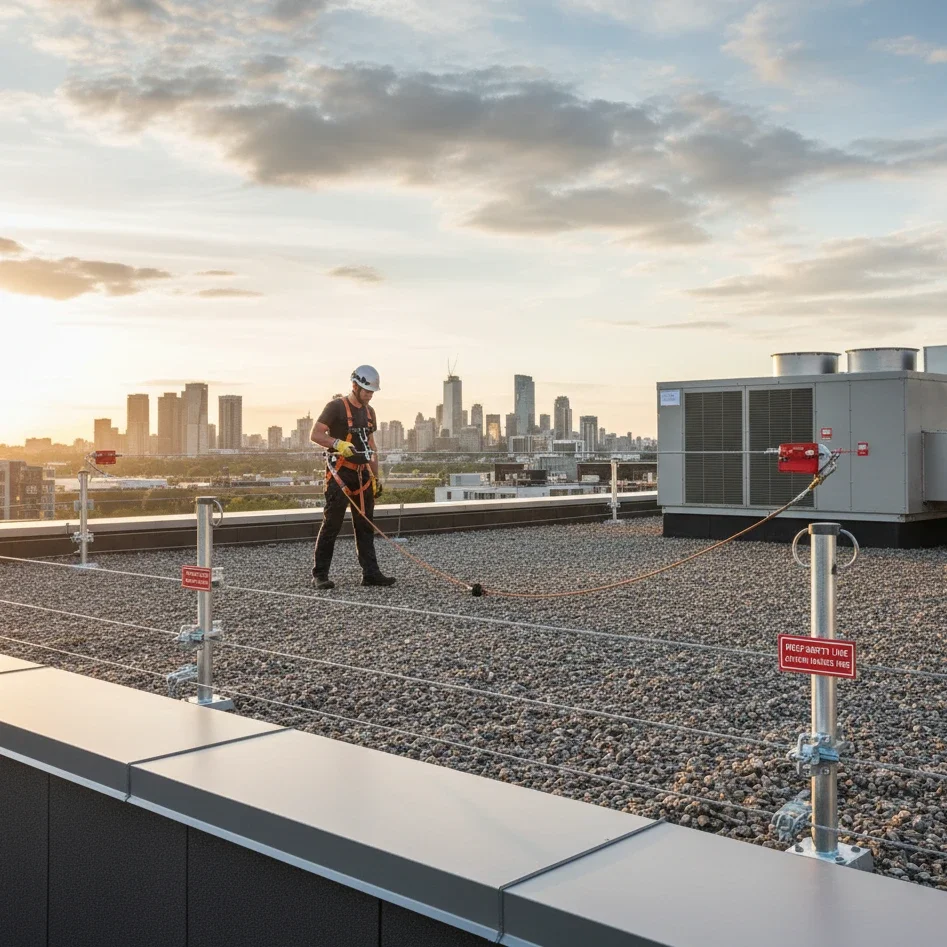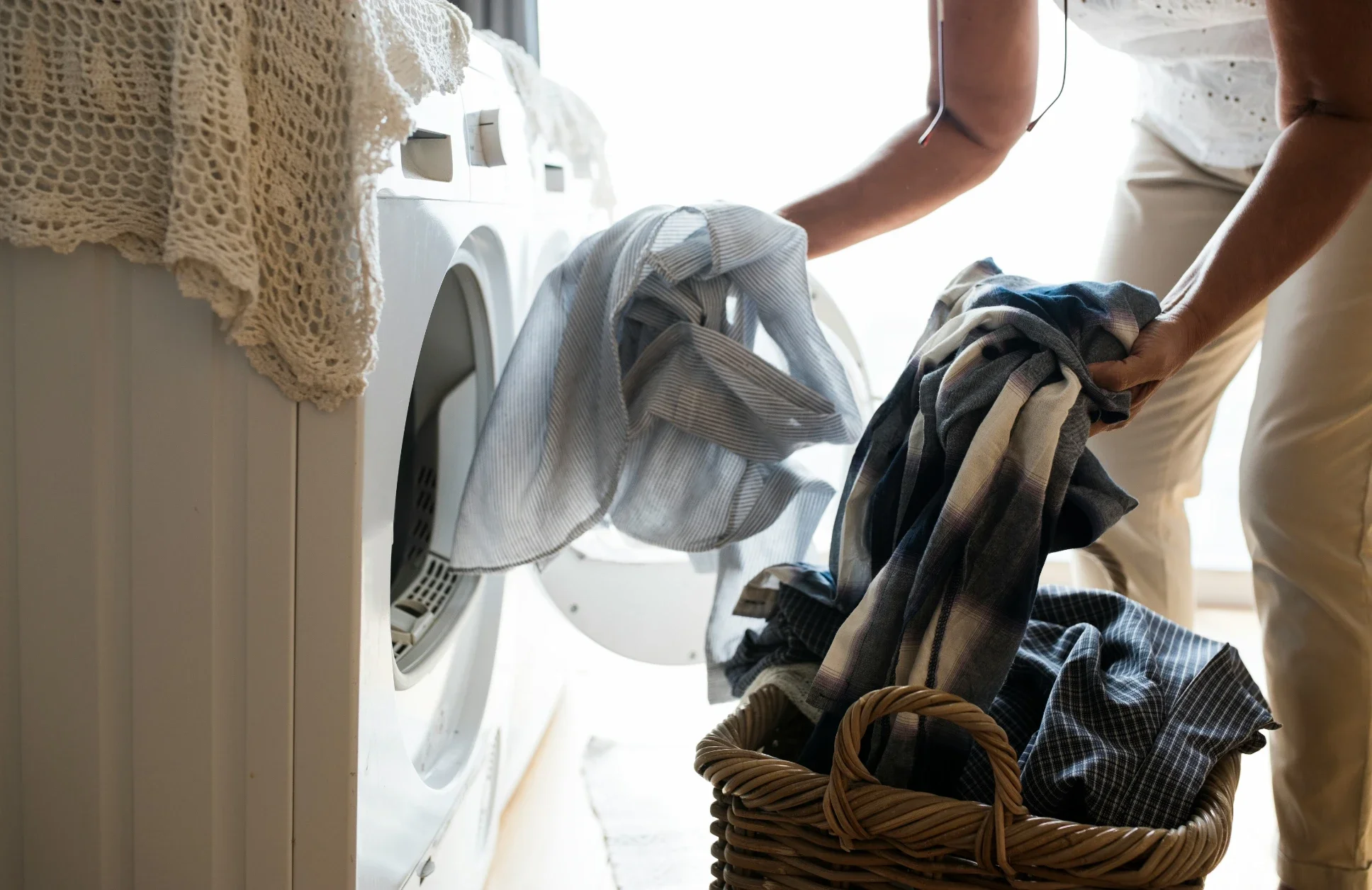How Long Does Vinyl Siding Last?
Discover the lifespan of vinyl siding and what factors influence its durability. Learn how long vinyl siding lasts, maintenance tips, and signs it's time for a replacement in our comprehensive guide.
Ever wondered, "How long does vinyl siding last?" Well, you're not alone. This question pops up frequently among homeowners considering a new look for their exteriors. Vinyl siding has long been a popular choice due to its durability, low maintenance, and cost-effectiveness. But, like anything else, it's not immortal. In this article, we'll dive deep into the world of vinyl siding, exploring its lifespan, the factors that affect its durability, and how to ensure it lasts as long as possible. Buckle up, because we're about to give your home improvement knowledge a serious upgrade!
What is Vinyl Siding?
Before we get into the lifespan, let's briefly touch on what vinyl siding actually is. Vinyl siding is a type of plastic exterior cladding used on houses and small apartment buildings. It's primarily made from PVC (polyvinyl chloride) resin, which gives it exceptional durability and resilience. Known for its robustness, vinyl siding is designed to withstand various weather conditions, including intense sunlight, heavy rain, and strong winds. Its popularity stems from its low maintenance requirements, resistance to rot and pests, and availability in a wide range of colors and styles. Additionally, vinyl siding is relatively easy to install, making it a cost-effective option for homeowners looking to enhance their property's exterior. With these qualities, vinyl siding offers both aesthetic appeal and practical benefits, making it a popular choice in residential construction.
Benefits of Vinyl Siding
Low Maintenance: One of the standout features of vinyl siding is its low maintenance requirement. Unlike wood siding, which demands regular upkeep such as painting or staining to protect it from the elements and maintain its appearance, vinyl siding retains its look with minimal effort. This means homeowners can avoid the time-consuming and often costly processes of sanding, priming, and painting every few years. Vinyl siding is designed to resist issues like rot, insect damage, and warping, which are common problems with wood siding. This makes it an excellent choice for those looking to spend more time enjoying their home rather than maintaining it.
Durability: Vinyl siding is renowned for its durability and ability to withstand a wide range of harsh weather conditions. From the intense heat and UV radiation of scorching summer days to the freezing temperatures and snow of winter, vinyl siding stands up remarkably well. It is engineered to resist impacts, reduce the risk of dents, and prevent cracking, even in severe weather. Additionally, high-quality vinyl siding is designed to retain its color and structural integrity over many years, providing a long-lasting solution that protects the home from the elements while maintaining its aesthetic appeal.
Affordability: When it comes to cost, vinyl siding is generally more budget-friendly compared to other siding options such as wood, brick, or fiber cement. The affordability of vinyl siding extends beyond its initial installation. Because it requires less maintenance and has a longer lifespan with fewer repairs, homeowners can save significantly over time. The lower material and labor costs associated with vinyl siding make it an attractive option for those looking to enhance their home’s exterior without breaking the bank. This cost-effectiveness, combined with its durability and low maintenance, offers excellent value for homeowners.
Variety: Vinyl siding comes in a wide array of colors and styles, offering a plethora of choices to match any aesthetic preference. Whether homeowners are looking for a traditional, modern, or unique look, vinyl siding can be tailored to suit their vision. From classic clapboard and Dutch lap styles to shakes and scallops that mimic the look of wood, vinyl siding provides versatility in design. Additionally, it is available in various textures and finishes, allowing homeowners to achieve the desired look and feel for their home’s exterior. This extensive variety ensures that vinyl siding can complement and enhance the architectural style of any home, making it a popular choice among homeowners and builders alike.
How Long Does Vinyl Siding Last?
So, how long does vinyl siding last? On average, vinyl siding can endure anywhere from 20 to 40 years. However, this lifespan can vary significantly based on several factors. The quality of the material, the installation process, and the environmental conditions all play crucial roles in determining how long the siding will remain effective. Higher-quality vinyl siding installed by professionals can often reach the upper end of the lifespan range. Additionally, regular maintenance and cleaning can extend its longevity by preventing mold, mildew, and dirt buildup. Harsh climates with extreme temperatures or frequent storms can shorten the siding's lifespan, while milder, more stable environments can help it last longer. With proper care and favorable conditions, vinyl siding can protect and beautify your home for many decades.
Factors Influencing the Longevity of Vinyl Siding
Quality of the Vinyl
The quality of vinyl siding significantly influences its performance and longevity. Higher quality vinyl siding is typically thicker, more durable, and better able to withstand the elements compared to lower quality options. Premium vinyl siding often features enhanced UV protection, which helps to maintain its color and structural integrity over time. It is also less prone to issues such as cracking, chipping, or warping, ensuring that the siding remains visually appealing and effective in protecting the home. Investing in high-quality vinyl siding can lead to fewer repairs and replacements, offering better long-term value for homeowners. Additionally, superior vinyl siding can mimic the appearance of wood or other materials more convincingly, providing a high-end look without the associated maintenance.
Installation
Proper installation of vinyl siding is crucial to its performance and longevity. Even the highest quality vinyl siding can underperform if not installed correctly. Poorly installed siding can warp, crack, or allow moisture to seep in, leading to a host of problems such as mold growth, structural damage, and reduced energy efficiency. Ensuring that the siding is installed by experienced professionals who follow manufacturer guidelines is essential. Proper installation involves ensuring that the siding is securely attached, allowing for appropriate expansion and contraction with temperature changes, and sealing all joints and edges to prevent moisture infiltration. This careful attention to detail during installation can significantly extend the lifespan of vinyl siding and enhance its protective qualities.
Climate
The climate in which vinyl siding is installed plays a vital role in its durability and performance. Extreme weather conditions, such as intense heat, cold, or frequent storms, can wear down siding faster. In hot climates, constant exposure to high temperatures and UV radiation can cause vinyl siding to fade and become brittle over time. Conversely, in cold climates, vinyl siding must be able to withstand freezing temperatures and the expansion and contraction that occurs with temperature fluctuations. Additionally, areas prone to frequent storms or high winds require siding that can resist impact and strong gusts. Choosing the appropriate type and quality of vinyl siding for the local climate and ensuring proper installation are key steps in maximizing its longevity and effectiveness.
Maintenance
Regular maintenance of vinyl siding is essential to keep it in optimal condition and extend its lifespan. While vinyl siding is known for its low maintenance requirements compared to other materials, it still benefits from periodic cleaning and inspections. Regular cleaning helps to remove dirt, mold, and mildew, which can accumulate and cause the siding to appear dingy or discolored. Using a mild detergent and a soft brush or pressure washer can effectively clean the siding without damaging it. Additionally, addressing minor repairs promptly, such as fixing small cracks or loose panels, can prevent more significant issues from developing. Routine maintenance ensures that vinyl siding continues to protect the home and maintain its aesthetic appeal for many years.
Exposure to Sunlight
Exposure to sunlight, particularly the ultraviolet (UV) rays, can have a significant impact on the longevity and appearance of vinyl siding. Over time, UV rays can cause the siding to fade, losing its original vibrant color. Prolonged exposure can also make the vinyl more brittle, increasing the risk of cracking and breaking. To mitigate these effects, many high-quality vinyl sidings are manufactured with UV inhibitors that help protect against sun damage. However, even with these protections, it is beneficial to consider the orientation of the home and the amount of direct sunlight the siding will receive. In areas with intense sunlight, selecting vinyl siding with superior UV resistance and maintaining it properly can help preserve its appearance and functionality. Regularly inspecting the siding for signs of UV damage and addressing any issues promptly can further extend its lifespan.
The Role of Maintenance
While vinyl siding is touted as low-maintenance, that doesn't mean no maintenance. Here are some tips to help your siding reach its maximum lifespan:
Regular Cleaning: Maintaining the cleanliness of your siding is essential for preserving its appearance and longevity. To clean your siding effectively, you should use a garden hose or a power washer set to a low setting. Start by rinsing off loose dirt and debris. If you notice any mold or mildew, it’s important to address it promptly. Use a mixture of water and mild detergent or a specialized siding cleaner to scrub the affected areas gently. Always rinse thoroughly to remove any soap residue. Regular cleaning not only enhances the curb appeal of your home but also prevents the build-up of contaminants that can lead to more severe issues over time.
Inspect Annually: An annual inspection of your siding is crucial for identifying potential problems before they escalate. During your inspection, look for signs of damage such as cracks, warping, or loose panels. Pay particular attention to areas near the roof, around windows, and near the foundation, as these spots are more susceptible to damage. If you find any issues, it’s important to address them promptly. For minor repairs, you might be able to handle them yourself with some basic tools and materials. However, for more extensive damage, consider hiring a professional to ensure the repairs are done correctly and effectively. Regular inspections and timely repairs can significantly extend the life of your siding.
Protect from Heat: Heat sources such as grills, fire pits, or outdoor heaters can cause significant damage to your siding if placed too close. The intense heat can warp or melt the material, leading to unsightly and potentially costly repairs. To protect your siding, always place grills and other heat-generating appliances at a safe distance. Create a designated grilling area away from the house, using heat-resistant materials like stone or concrete to provide a barrier between the heat source and your siding. This precaution helps maintain the structural integrity and appearance of your siding, preventing heat-related damage.
Trim Trees and Shrubs: Overgrown trees and shrubs can pose a risk to your siding by scratching, puncturing, or otherwise damaging the surface. To prevent this, regularly trim any branches that are close to or touching your siding. This not only protects the siding but also enhances the overall appearance of your landscaping. When trimming, ensure that you cut branches cleanly and at a proper angle to promote healthy regrowth. Additionally, consider the type of plants near your siding; choose species that are less likely to cause damage and are easier to maintain. Keeping your trees and shrubs well-trimmed prevents physical damage to your siding and reduces the risk of pests and moisture accumulation around your home.
Image credit: Freepik
Signs Your Vinyl Siding Needs Replacement
Even with the best care, there will come a time when your vinyl siding needs to be replaced. Here are some signs to watch out for:
Warping or Buckling
Warping or buckling of siding is a clear indication of severe damage that requires immediate attention. This issue often arises due to excessive heat exposure or improper installation. When siding is exposed to high temperatures, such as from nearby grills or intense sunlight, it can expand and warp. Similarly, if the siding was not installed correctly, it might not be able to expand and contract with temperature changes, leading to buckling. Warped or buckled siding not only looks unsightly but also compromises the protective barrier of your home, leaving it vulnerable to water intrusion and other environmental factors. Addressing this issue typically involves replacing the affected sections of siding to restore the integrity and appearance of your home’s exterior.
Cracks and Holes
Cracks and holes in your siding can range from minor issues that are easily repairable to significant damage that necessitates replacement. Small cracks can often be filled with exterior caulk or patching compounds, providing a temporary fix that prevents moisture from entering. However, extensive damage, such as large holes or numerous cracks, indicates a more serious problem. This level of damage can weaken the structural integrity of the siding, making it less effective at protecting your home from the elements. In such cases, replacing the damaged sections or the entire siding may be necessary to ensure your home remains secure and insulated. Regular inspections can help catch these issues early before they escalate into more extensive repairs.
Fading
Fading of your siding is a natural occurrence over time, especially in areas with strong sunlight exposure. While some degree of fading is normal and expected, excessive fading can be a sign that the siding’s protective layer is deteriorating. This protective layer is crucial as it shields the siding material from UV rays, moisture, and other environmental factors. When this layer wears off, the siding becomes more susceptible to damage, such as cracking and warping. If you notice significant fading, it might be time to consider repainting or replacing the siding. High-quality paints or finishes can restore the appearance and protective qualities of your siding, prolonging its lifespan and maintaining your home’s curb appeal.
Mold and Mildew
The presence of persistent mold and mildew on your siding is a serious concern, indicating that moisture is getting behind the siding. This moisture can lead to mold growth, which not only damages the siding but also poses health risks to your household. Mold and mildew thrive in damp environments, and their presence suggests that your siding is not adequately sealing out water. To address this issue, it’s essential to identify and repair the source of the moisture. This might involve resealing joints, replacing damaged sections of siding, or improving the overall ventilation around your home’s exterior. Taking these steps can help prevent further mold growth and protect the structural integrity of your home.
High Energy Bills
If you notice a steady increase in your energy bills, your siding might be losing its insulation properties. Siding plays a crucial role in maintaining your home’s energy efficiency by providing a barrier against heat loss in the winter and heat gain in the summer. When siding deteriorates, its ability to insulate your home diminishes, causing your heating and cooling systems to work harder to maintain a comfortable indoor temperature. This inefficiency translates to higher energy bills. Inspecting your siding for signs of damage, such as gaps, cracks, or warping, can help determine if it’s time for repairs or replacement. Upgrading to energy-efficient siding options can significantly reduce your energy consumption and lower your utility costs in the long run.
Conclusion
So, how long does vinyl siding last? With proper care and maintenance, you can expect your vinyl siding to last between 20 and 40 years. Factors such as the quality of the material, installation, climate, and regular upkeep all play crucial roles in determining its lifespan. Keep an eye out for signs of wear and tear, and don’t hesitate to address any issues as they arise. Vinyl siding remains a popular choice for homeowners due to its affordability, durability, and low maintenance needs. By following the tips outlined in this article, you can ensure your siding remains in top-notch condition for years to come.
In the end, investing in high-quality vinyl siding and taking care of it properly is a decision that will pay off in the long run, both in terms of home aesthetics and energy savings. Happy siding!
Frequently Asked Questions
How can I extend the life of my vinyl siding?
Regular cleaning, prompt repairs, and annual inspections can help extend the life of your vinyl siding. Also, ensure it's installed correctly and avoid exposing it to excessive heat.
Is vinyl siding a good investment for my home?
Yes, vinyl siding is a good investment due to its durability, low maintenance, and ability to improve your home's energy efficiency and curb appeal.
Can I paint my vinyl siding to make it last longer?
While you can paint vinyl siding, it’s not always recommended. Painting can void warranties and the paint may peel over time. If you decide to paint, use a paint specifically designed for vinyl.
How do I clean my vinyl siding?
Use a garden hose or a power washer on a low setting. For tougher stains, a mixture of water and vinegar or a mild detergent can be used. Avoid abrasive cleaners that can scratch the surface.
What is the cost of replacing vinyl siding?
The cost can vary widely based on the quality of the siding, the size of your home, and labor costs. On average, you can expect to pay between $5,000 and $15,000 for a complete replacement.































